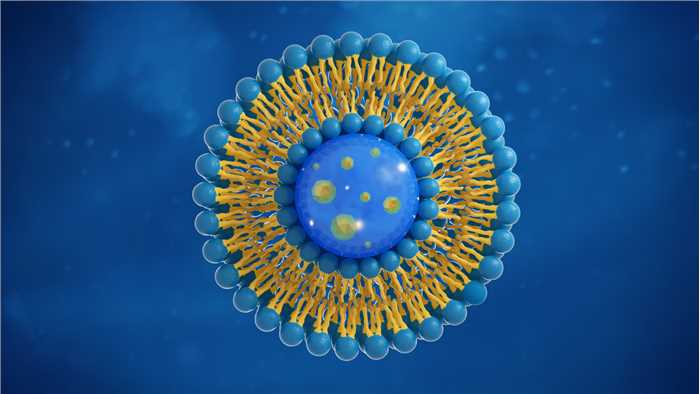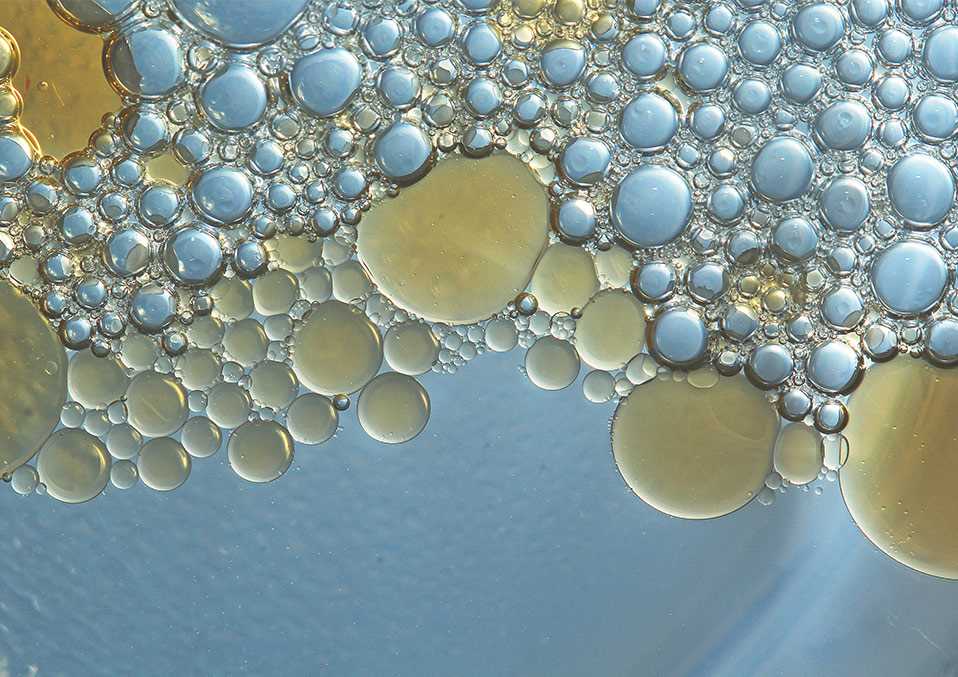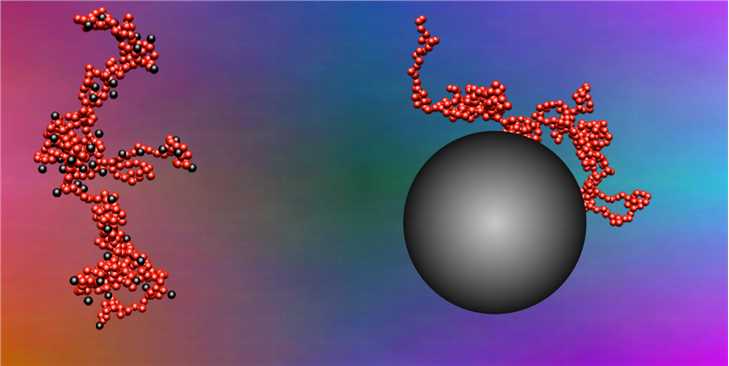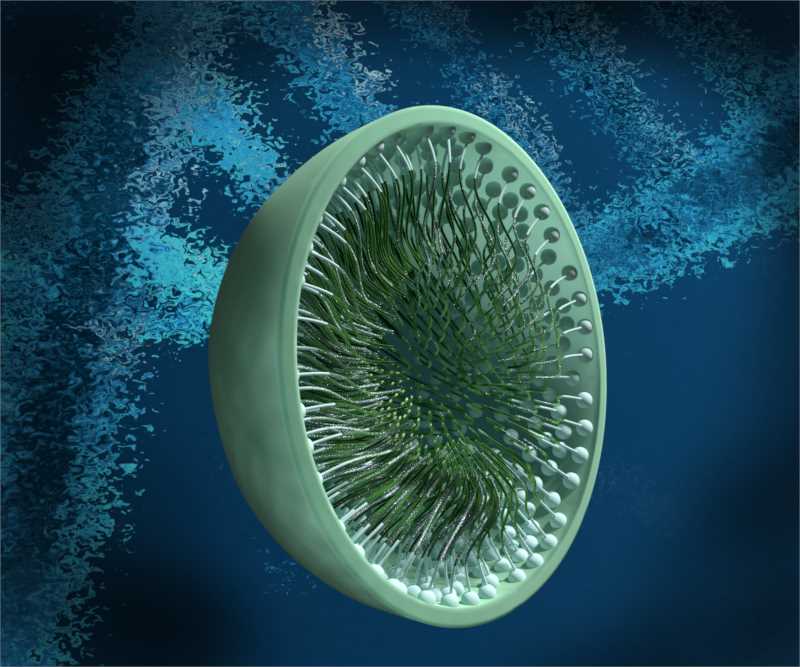In many cases, the vaccine is not successfully designed because the candidate failed to elicit an appropriate immune response. Therefore, it is desirable to combine an immunomodulatory or adjuvant with an improved delivery vehicle to improve the quality of vaccine production. Creative Biolabs has experts in developing vaccine delivery vehicles, including nanoparticles, liposomes, micelles and immunostimulating complexes (ISCOM). Our vaccine delivery optimization strategy can provide you with the best advice and accelerate your vaccine development program.

Liposomes and their derivatives "liposome complexes" (liposomes/DNA complexes) are hollow spherical constructs of phospholipid bilayers, which can capture hydrophilic moieties in aqueous compartments, the hydrophobic part in lipid bilayers. As vaccine adjuvants, these systems exert immunomodulatory effects by virtue of their granular nature and their ability to bind to cell surface lipid receptors following complement activation.
Emulsions are heterogeneous liquid systems, which can be water-in-oil emulsions, oil-in-water emulsions, or more complex systems. The results of physicochemical characterization studies and in vitro release studies indicate that the emulsified formulation has uniform fine particles, good stability and reproducibility, thus is superior to vaccines prepared with conventional adjuvants.


Due to their size, polymeric nanoparticles are preferentially absorbed by mucosa-associated lymphoid tissues. Therefore, the use of nanoparticles for oral delivery of antigens is suitable. Nanocarrier types include metal oxide particles, polysaccharide-based spermines, alginate capsules, and synthetic biocompatible and biodegradable copolymers.
Micellars have been well studied as potential antigen carriers. A micelle is a self-aggregating cluster of amphiphilic surfactant molecules. Surfactants above the critical micelle concentration act directly on the micellar structure to avoid contact with incompatible external phases and can encapsulate lipophilic or hydrophilic cavities (reverse micelles) to promote antigenic capture and transport to the body.

The vaccine delivery system allows for the incorporation of antigen doses, so the booster dose is no longer needed because antigens are slowly released in a controlled manner. The successful delivery system we submitted has the following attributes:

For more details, please feel free to contact us for project quotations and more detailed information.
For any technical issues or product/service related questions, please leave your information below. Our team will contact you soon.
All products and services are For Research Use Only and CANNOT be used in the treatment or diagnosis of disease.
 NEWSLETTER
NEWSLETTER
The latest newsletter to introduce the latest breaking information, our site updates, field and other scientific news, important events, and insights from industry leaders
LEARN MORE NEWSLETTER NEW SOLUTION
NEW SOLUTION
CellRapeutics™ In Vivo Cell Engineering: One-stop in vivo T/B/NK cell and macrophage engineering services covering vectors construction to function verification.
LEARN MORE SOLUTION NOVEL TECHNOLOGY
NOVEL TECHNOLOGY
Silence™ CAR-T Cell: A novel platform to enhance CAR-T cell immunotherapy by combining RNAi technology to suppress genes that may impede CAR functionality.
LEARN MORE NOVEL TECHNOLOGY NEW SOLUTION
NEW SOLUTION
Canine CAR-T Therapy Development: From early target discovery, CAR design and construction, cell culture, and transfection, to in vitro and in vivo function validation.
LEARN MORE SOLUTION

